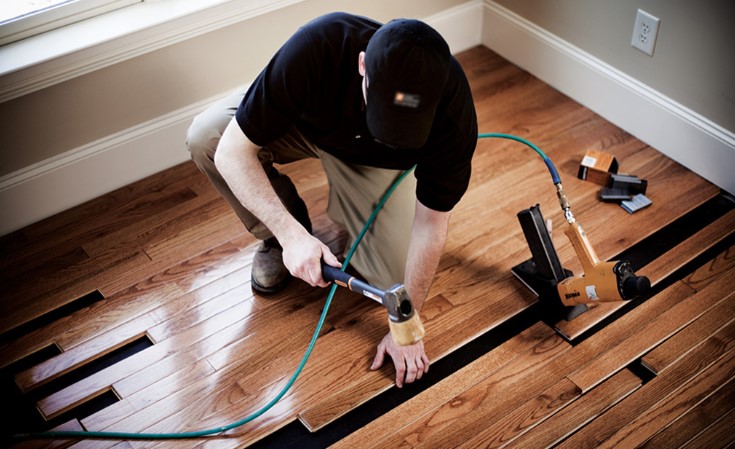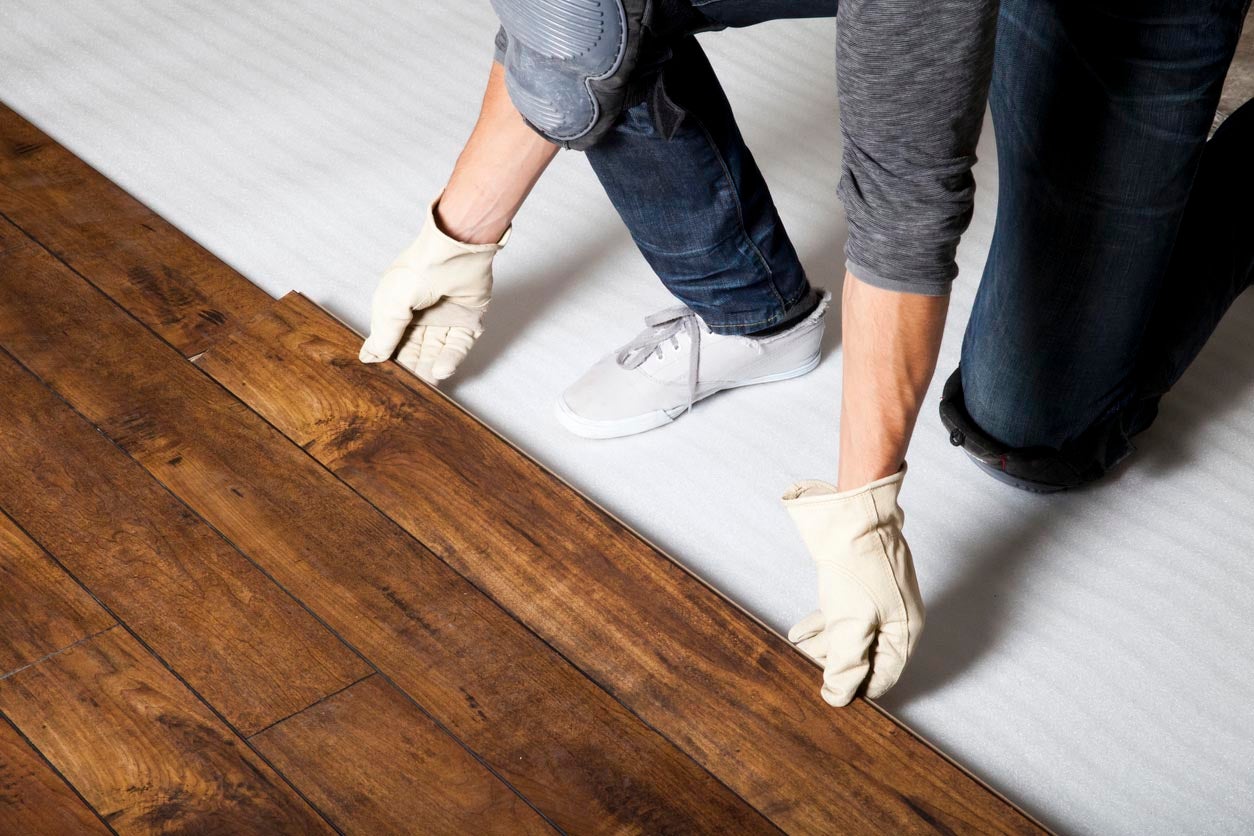You’re in America, speak English … and someday Spanish too

219-853-2563
P ress 1 for English. Press 2 for Spanish.
Press desperately for a translation app on your smartphone when foreign-born workers arrive at your home to install flooring and neither of you speak each other’s language.
This was the comical situation at my house when two men showed up for a flooring installation job with a toolbox of construction skills but very few English words. My Spanish-speaking skills don’t exist. It’s my biggest regret from my high school years, stupidly ignoring a friend’s suggestion to learn Spanish.
Forgive me. It was the 1970s. I had no idea that our country would become a predicted “minority-majority” by 2050, making non-Hispanic whites the new minority, statistically speaking. By that year, the Spanish language will be a major part of our nation’s linguistic tapestry, a reflection of bilingualism in an increasingly global society.
People are also reading…

A floor-installation worker completes a project inside the home of Times columnist Jerry Davich.
“Spanish? When would I ever need to speak Spanish?” I asked my childhood friend, who spoke fluent Spanish.
Countless times, I’ve since learned. Most recently in my living room as I tried asking simple questions to the floor installers.
“How long will this project take?”
“What do you need from me?”
It quickly turned into a pantomime show and a charades game as I first pointed to an imaginary watch on my wrist, then shrugged my shoulders and raised my eyebrows, then pretended to drink something. I felt so … non-Hispanic white.
One of the installers, who seemed to understand English better than his co-worker, did his best to answer my initial questions. It lasted only a few minutes. A problem came up with the installation process. Something about a missing product not delivered with the other flooring items.

A floor-installation worker removes old carpeting from the home of Times columnist Jerry Davich.
Another language I don’t speak is “home construction,” so I was doubly challenged. The lead installer motioned toward a section of floor that needed something that wasn’t there. Even if he said it in proper English with the dialect of a British professor, I wouldn’t know what he was talking about. I’m not the sharpest tool in the shed.
I had an idea, though. I sent a quick text to a friend who works as a translator. I hoped she could get on the phone, explain the situation to me, and chat in Spanish with the installers so we were all on the same page. Nope. My timing was bad. She was in a work meeting. I sighed (my only bilingual talent).
I looked up to see one of the installers talking on his phone with someone in Spanish. My immediate thought: Does she also speak English? She does. He handed me the phone. She explained the problem. I pretended to understand. The installation continued.
The two workers played Spanish music as they ripped up old carpeting in the living room. I played blues music upstairs as I began writing this column. We coexisted for a few hours, living in our separate worlds under the same roof. At one point, I brought them two bottles of water. They smiled. I smiled. Not a word was spoken.

A floor-installation worker completes a project inside the home of Times columnist Jerry Davich.
I flashed back to a similar exchange I had with a Spanish-speaking family while working on a four-part series on illegal immigration in the Region. In 2006 I profiled Noel and Maria Berrum and their six children, meeting with them dozens of times at their restaurant, El Super Taco, in Hobart.
The couple, who were born in Mexico, spoke little English. I spoke zero Spanish. We stared at each other. A lot. Fortunately, I knew two bilingual specialists, Maria Guillen and Frances Vega, who translated my interviews with the Berrum family. (Read this story series at NWI.com under a search for my name.)
The family lived in the Little Mexico section of Lake Station, but they spent most of their lives inside their strip-mall restaurant. They came from Mexico to the Chicago area like a ritzy dinner, in courses, over time. Only their youngest daughter was born in the United States after the family moved here from Mexico. She also translated my interviews.
It was humbling for me to need the help of Spanish-speaking people to do my job. During that story project, I took a few classes to learn Spanish at an adult-learning center in Portage. It helped develop a tighter bond with the Berrum family, but I later stopped showing up to classes. I got lazy, linguistically.
Once again, I failed to learn Spanish and I regretted it. My 4-year-old grandson speaks more Spanish than I do. He’s bilingual and would have been very helpful with those floor installers.

Times columnist Jerry Davich uses a smartphone app to communicate with Spanish-speaking floor installation workers at his home.
Near the end of the day, I took a peek at their work. Everything looked beautiful, but I had a couple of questions. This time, I used my smartphone to communicate, pulling up a translator app and typing in my thoughts.
The worker pulled out his phone and typed in his thoughts. We stood in silence, showing each other our phones with every question and answer. It was weird. It was awkward. It was comical. Nonetheless, we found a common ground on my new flooring.
Both workers were nothing but polite and professional. I have no complaints about their work ethic or installation skills. Nor do I have any complaints about their lack of English. I’m not one of those “You’re in America. Speak English!” people.
Someday, possibly when my grandson is a grandfather, people will complain with a new gripe: “You’re in America. Speak English and Spanish!”
Contact Jerry at [email protected]. Find him on Facebook @JerDavich. Opinions are those of the writer.








